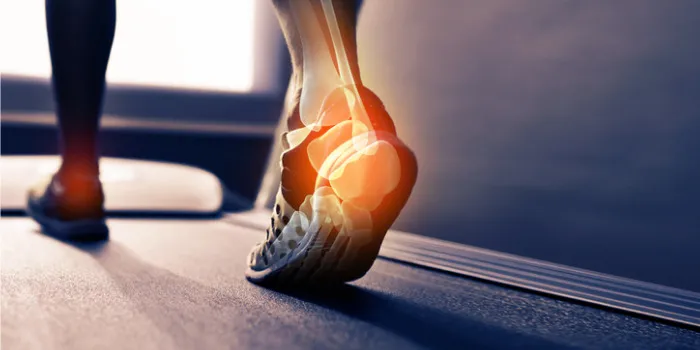Long-term joint damage is a real concern for people with bleeding disorders, as repeated bleeds — the pooling of blood around a joint — can degrade cartilage. That’s why it’s so important to recognize bleeds and take swift action if one occurs. Read on for more about why cartilage degradation happens and what someone with a bleeding disorder can do about it.
First, it’s important to know exactly what a joint bleed, also known as hemarthrosis, is.
What Is Hemarthrosis?
Hemarthrosis, or articular bleeding, means bleeding into the joint cavity. For people without hemophilia, hemarthrosis often occurs after an injury. But for those in the bleeding disorders community, joint bleeds are a more common occurrence.
How Does Hemophilia Cause Joint Bleeds?
Hemophilia is an inherited bleeding disorder in which the blood does not clot properly because it contains low levels of clotting factor proteins (either factor VIII or factor IX). As a result, even small injuries can cause major bleeds that last for a long time if not treated. Spontaneous bleeds, which occur without an apparent cause, are also common among those with hemophilia; this includes internal bleeding, particularly in joints. And recent research indicates that an increasing number of women in the bleeding disorders community are dealing with joint issues.
What Happens When Someone with Hemophilia Has a Joint Bleed?
Symptoms of joint bleeds can be subtle, and visible signs may not appear right away. Early symptoms include feelings of pain at the joint; bubbling, heat, or tingling sensations in the joint; swelling but no apparent bruising; and a need to hold the affected limb in a bent or flexed position.
As the bleeding continues, pain and stiffness in the joint get worse. The skin at the joint feels warmer than elsewhere on the body, swelling increases, and the person may feel reluctant to move the joint or use the affected limb.
What Happens to Joints After Frequent Bleeds?
For people without hemophilia, a joint bleed is often the result of an injury and is rare enough that they will heal and recover. But joint bleeds are more common for people with hemophilia, and joints can degrade if bleeds are frequent enough, eventually leading to joint conditions such as arthritis.
More specifically, degradation occurs in the synovium and the cartilage around the bones. The synovium is the connective tissue found in articulated joints — such as the knees and elbows — and it lines the entire inner surface of the joint, except where the joint is lined with cartilage.
The synovium produces synovial fluid that protects and lubricates the cartilage and bone within a joint capsule to reduce damage during movement. If the synovium degrades and no longer produces synovial fluid, the joint has no protection against friction damage. The synovium also removes fluid and debris from the joint. So, when there is blood in the joint, the synovium absorbs it. Blood contains iron, and when the synovium absorbs blood, it is believed that the iron causes the synovium’s lining to thicken. As the synovium gets thicker, it contains more blood vessels, making subsequent bleeds more likely.
Joint Bleeds: Treatment and Prevention
Prevention starts with leading a healthy lifestyle, including low-impact exercises that keep joints and muscles strong, such as walking, swimming, bicycling, and playing tennis. Clotting factor treatment therapy is also an effective way to prevent bleeds, as it increases the amount of factor in the body to levels that lead to better clotting.
An effective treatment to help reduce pain and swelling from an active bleed is a simple method called RICE, which stands for rest, ice, compression, and elevation. It’s important to note that if you suspect a bleed in the head, throat, back, or stomach, it could be life-threatening. Call your hemophilia treatment center and go to the emergency room, or call 911.
Treating joints damaged by chronic bleeds may require surgery, such as a synovectomy to remove the synovium. This stops the bleeding cycle caused by the synovium that has thickened after many bleeds. There is also joint replacement surgery, in which the damaged joint and bone are removed and replaced with plastic and metal parts.

